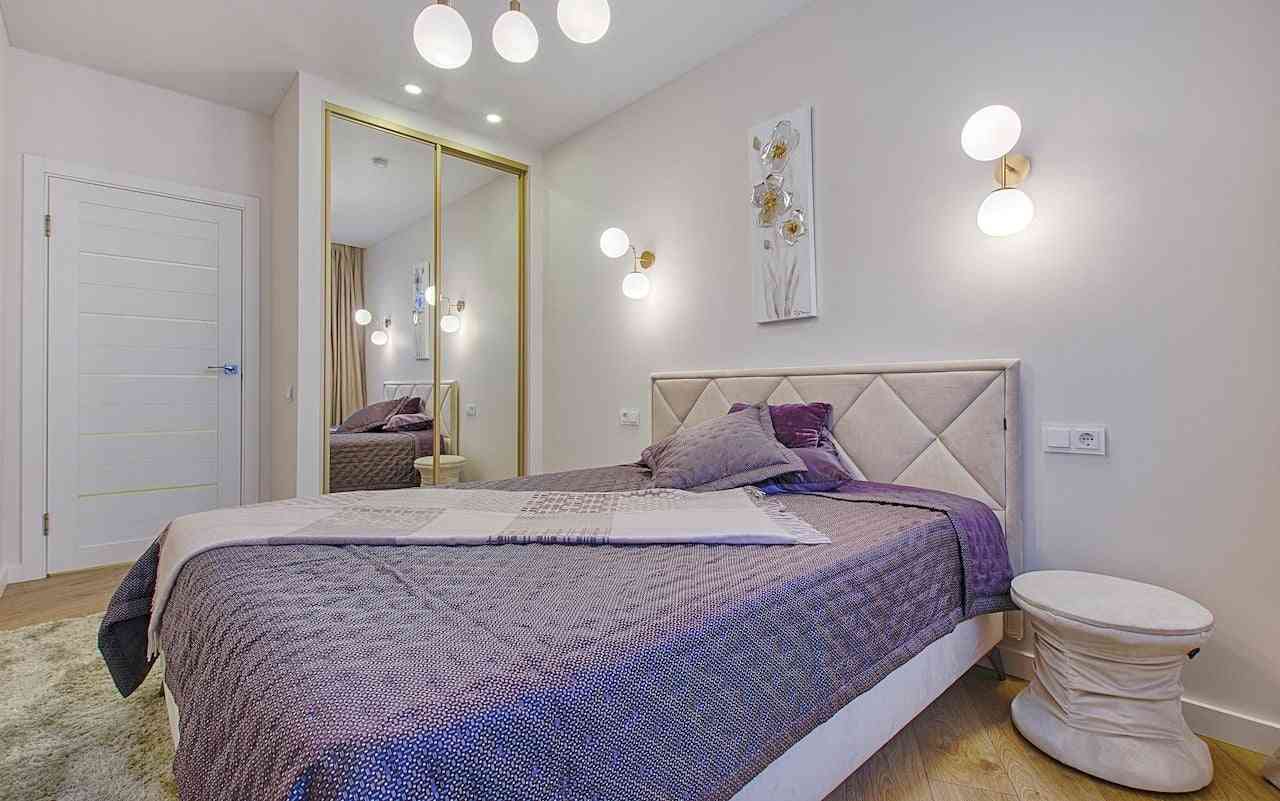
After a long and stressful day, your bedroom should be your very own personal oasis of calm and tranquillity. However, this isn’t always the case for people with mobility disabilities. Instead, they might find that the design of their bedroom impedes their mobility — causing them even more stress. If you have mobility limitations, or you’re caring for someone who does, here are some features worth considering when designing a bedroom that meets accessibility needs.
This article contains affiliate links, which means we may receive a small commission at no added cost to you. As an Amazon associate, we earn from qualifying purchases.
Size and Space
Since wheelchair-accessible dimensions aren’t set in stone, the size and space of your bedroom will be determined by the number of things you put in it. This could include anything from furniture and accessories to specialist mobility equipment. It’s important to keep areas open for your wheelchair, and keeping your bedroom generally clutter-free will help you move around the space more easily. Generally, a room size of 10’x12’ is enough space, but like we said earlier, the optimal size will really depend on personal circumstances.
Bed Accessibility
Often the focal point of the room, getting the bed right is important when designing a bedroom for someone with mobility issues. Experts suggest that the top of the bed should sit at the same height as your wheelchair, so it’s essential to make these adjustments as needed.
Hoist
A portable hoist or ceiling lift can be a helpful additional feature to ease the transition into and out of bed.
Accessible Storage
Smart storage solutions are helpful for people that need extra accessibility features. By removing doorways from wardrobes and cupboards, reaching clothes and other items can be a lot easier for those struggling with mobility. Likewise, a walk-in wardrobe is an ideal accessibility feature that not only provides ample space to store your clothing, but also frees up some more room space to get changed in comfort.
Support Rails
Installing handrails and support rails can also be a big help in assisting mobility. These might be for assisting getting in and out of bed, or even at other key locations around your home. These adjustable rails can easily be adapted to suit any additional accessibility needs.
Minimize Other Injury Risks
Finally, minimizing any other injury risks is important when designing a bedroom that meets accessibility needs. Properly stowing away any cords from medical equipment, removing clothes and clutter from the walking space leading directly to and from the bed, and choosing a smooth flooring material rather than loose carpets and rugs are all quick but helpful fixes.
For those living with mobility issues, it’s essential that modifications are in place to make their bedroom easily accessible – and most importantly, comfortable.
How have you made your bedroom disability friendly?
Share your experiences with our community in the comments.
Need more ideas? Check out our article on how to make your home wheelchair accessible.
Photo by Vecislavas Popa.
Follow me down the rabbit hole!
I'm Alice and I live with a dizzying assortment of invisible disabilities, including ADHD and fibromyalgia. I write to raise awareness and end the stigma surrounding mental and chronic illnesses of all kinds.











